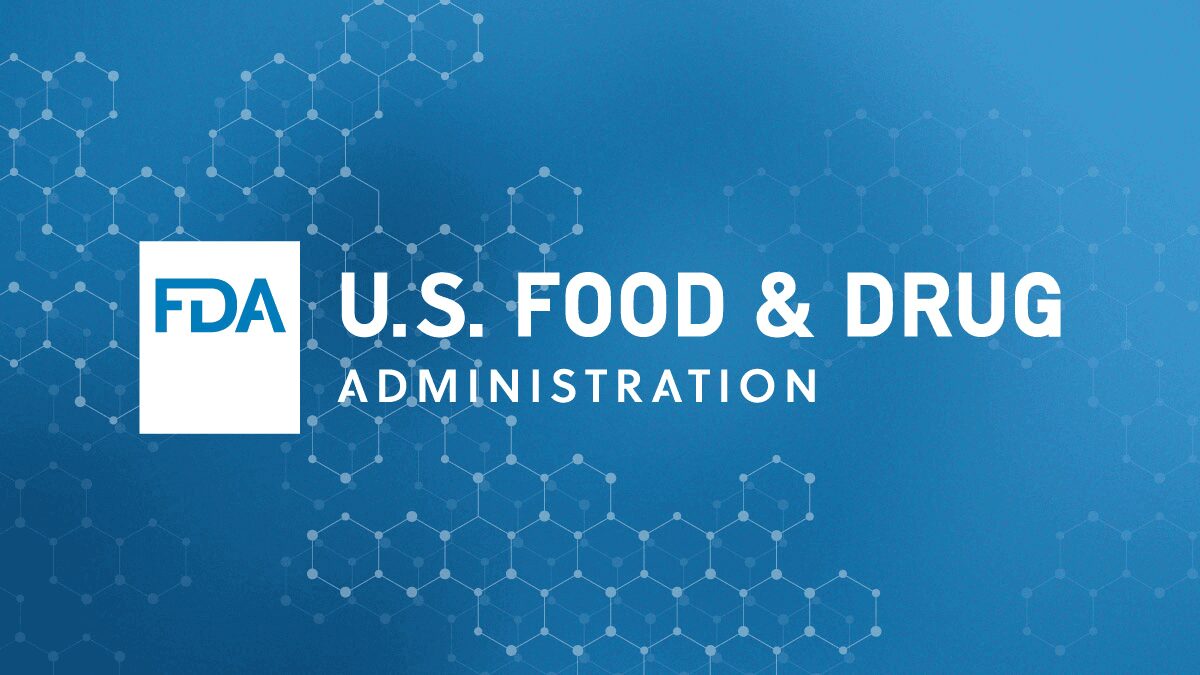Forum Replies Created
-
Holly
MemberSeptember 23, 2025 at 3:35 pm in reply to: QMSR Transition: Medical Device File vs. DMR/DHFI imagine it will depend on the stage of a manufacturer – if it is a startup, I think it would make most sense to adopt the 13485 language. For existing manufacturers with robust quality systems and many documents, I imagine that it will be handled procedurally, where the glossary will map the terminology but they will continue to use the same language.
Curious to see how others are handling their transition plan!
-
portal.mda.gov.my
MALAYSIA IS NOW A MEMBER OF MEDICAL DEVICE SINGLE AUDIT PROGRAM (MDSAP)
Official portal of MDA Malaysia. Regulatory information, device registration & safety under Medical Device Acts 737 & 738
-
I have also been hoping for some more information on this and guidance on how to raise this with clients so we can adequately anticipate any impact to testing strategies?
-
Hi Nick! I have someone who may be able to help – feel free to direct message me and I can make the connection!
-
Hi Amie – this is absolutely spot on, and allows for effective use of retrospective studies for the purpose of PMCF that do not require EU oversight or prior ethics committee approval (there are of course limitations to this, but thats generally the case in most scenarios). The study does not impact clinical management of the patient, so the primary concern becomes data privacy and ensuring GDPR compliance.
Retrospective clinical studies is an incredibly robust tool to obtain real world evidence and satisfy some of the clinical evidence requirements!
-
Signed up – cant wait for this one!
-
I am really interested to see if/how this impacts manufacturers reporting practices, especially considering all of the details are not usually available when the initial report is made. Something to keep a pulse on for sure.
-
Hi @AmieSmirthwaite I would definitely take a look at FDA’s guidance on general wellness devices (here’s the link: https://www.fda.gov/regulatory-information/search-fda-guidance-documents/general-wellness-policy-low-risk-devices) to ensure that it truly meetings the definition of a general wellness product. There has been a lot of activity with devices in this space getting warning letters from FDA because its their position that they did not meet the definition! As warning letters are public, they can create huge issues for investors, stocks, etc (even if the issue ultimately gets resolved with FDA).
fda.gov
General Wellness: Policy for Low Risk Devices - Guidance
This guidance provides clarity on FDA's compliance policy for low risk products that promote a healthy lifestyle (general wellness products).
-
Who are you: Holly Cotter, Co-Founder indieMedTech, Principal Consultant at WLC
What’s your focus: bringing together MedTech professionals
What’s one thing you’re looking for in this community: Connecting to new people who I know share my love and passion for MedTech! -
Holly
MemberOctober 3, 2025 at 2:20 pm in reply to: QMSR Transition: Medical Device File vs. DMR/DHFHi Joe – quick question, are you remediating anything old, or just plan to implement the new language moving forward (and I suppose for up-revs of existing documentation)?
-
It’s interesting that you say that because I actually have successfully helped manufacturers of Class IIB and III implantable legacy devices satisfy the requirements for clinical data with retrospectively collected data via PMCF. BUT they were also legacy devices so it would not necessarily support a new product being brought to market under MDR – those will still be bound to the clinical investigation requirements. But there are many Class IIB implantable and III devices on the market that can successfully leverage retrospective data (of course depending on the targeted population, treated conditions, specific and measurable outcomes, etc).
-
Thanks Felicia! I was considering trying out Calendly – if anyone has experience with Calendly I would love to hear about it!




